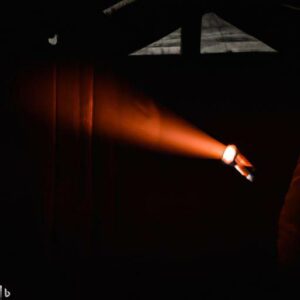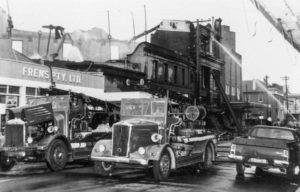Hunting among old photo collections and antique shops you can find many interesting relics of photographic processes long gone.
Opalotypes, or “milk glass positives”
The first time I saw an opalotype photograph I didn’t know what to make of it. A large flat white plate of glass with a portrait of great fineness and beauty, it was a strange novelty.
Since then I have seen several more, usually in estates of well-to-do families, and they still catch my eye. Also known as milk glass positives, these images were made using a variety of related processes that in the beginning may have been intended to mimic the delicate painted portraits on ivory that wealthy people once might have commissioned.
Opalotypes originated in the 1850s. They are essentially positive images developed or transferred onto translucent white glass. Sometimes they were hand-coloured, but most of the examples I’ve seen are simply black and white.
Mr Jack Lawson kindly let me scan images from his family collection of opalotypes. The first three, below, are identified as his wife’s ancestors and relatives.
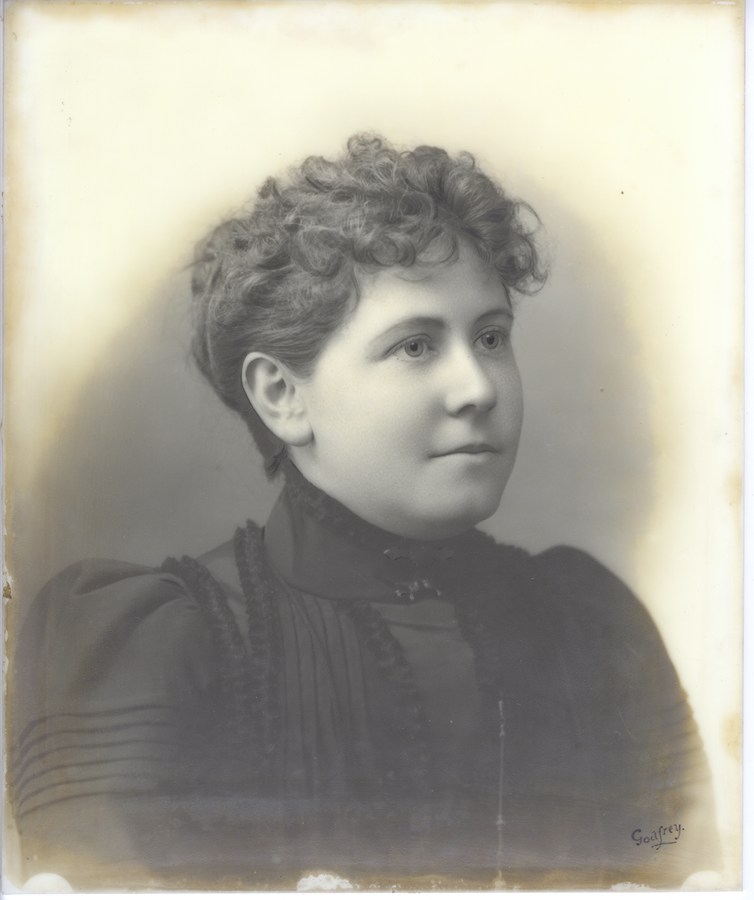
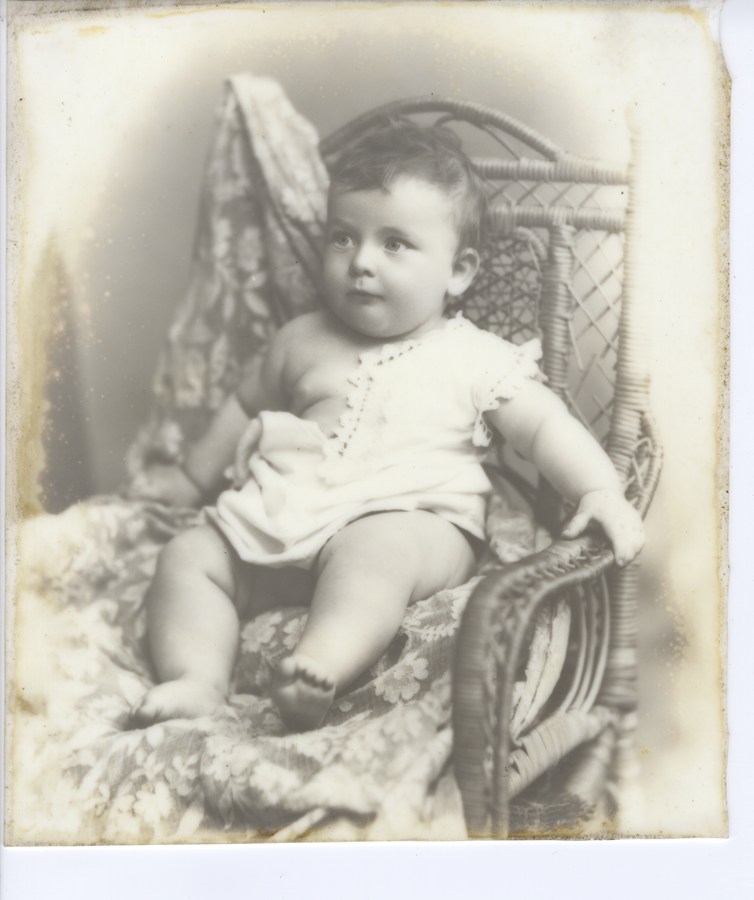
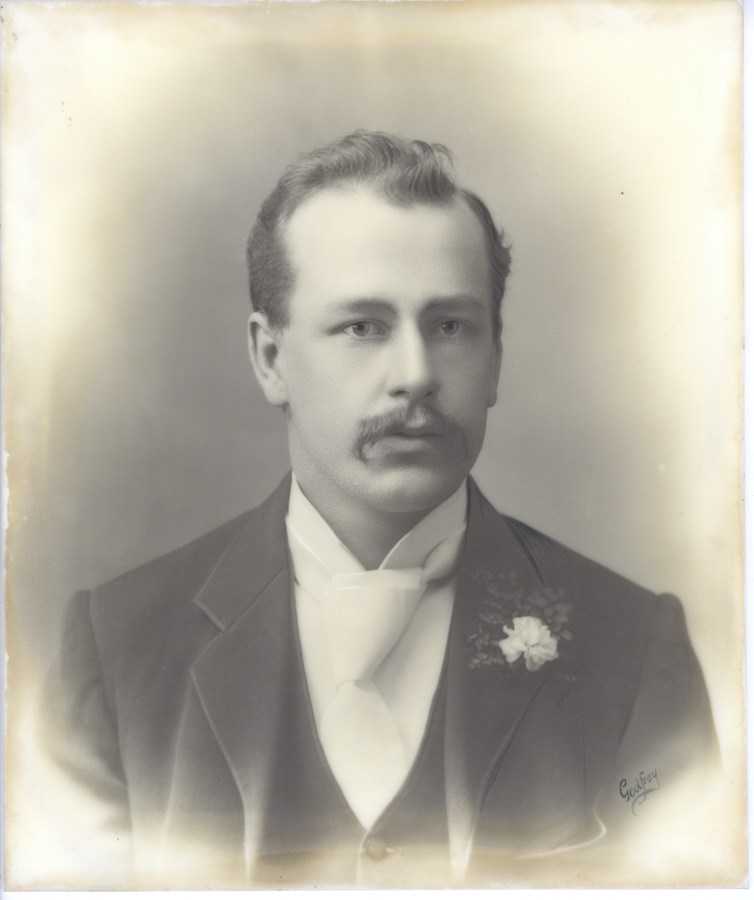
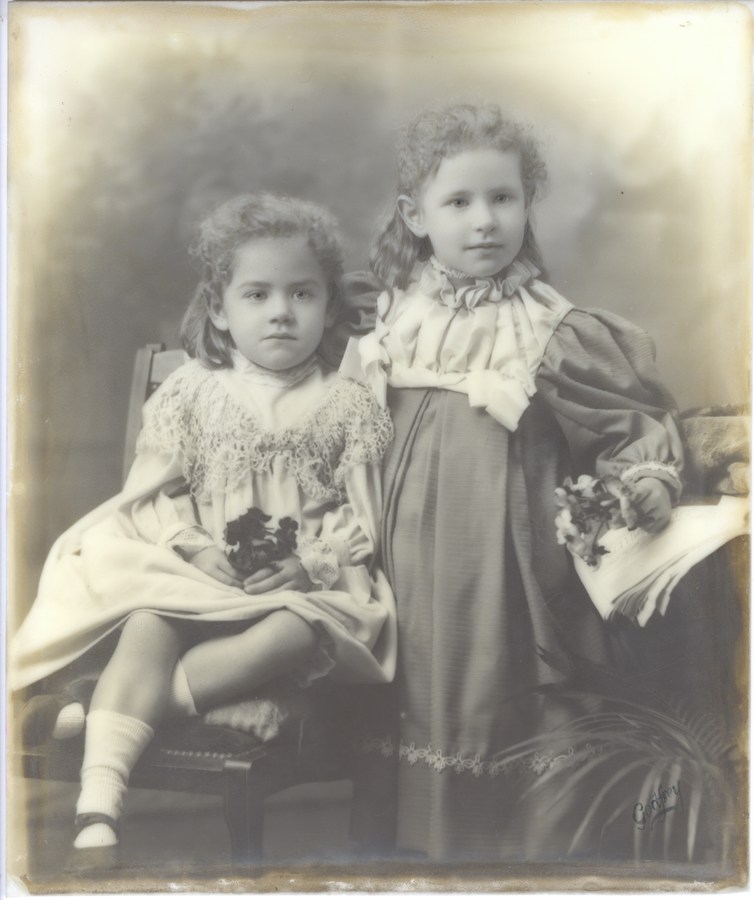
The fine detail and luminescent quality of opalotypes sets the process apart. It seems the process fell out of use in the 1930s. Most examples I have seen date from well before then.
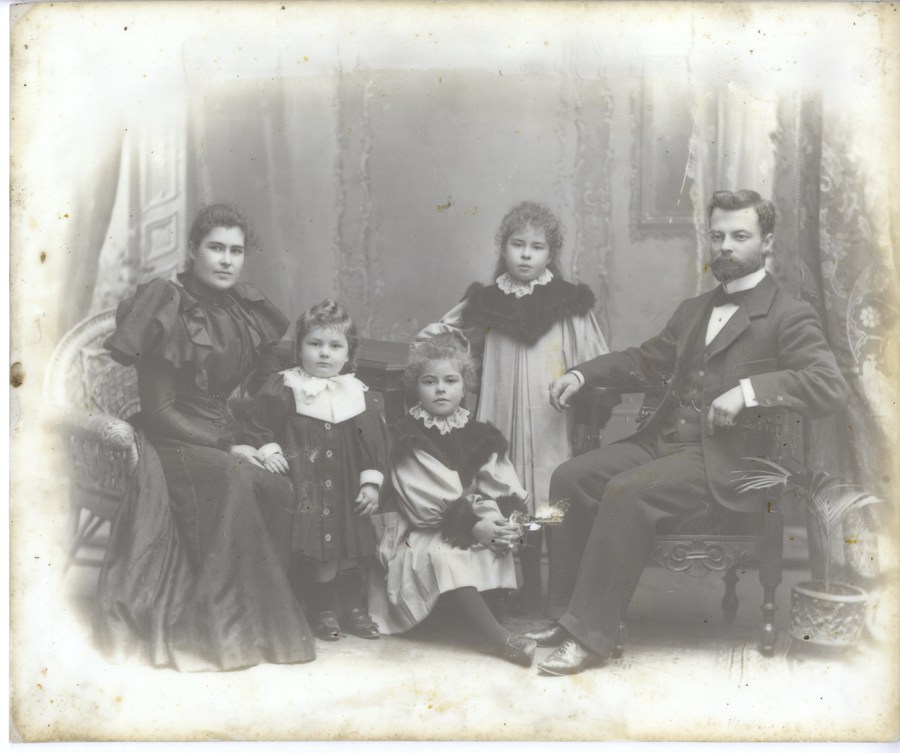

The remarkable “Dufaycolor” process
The effort to create photographic images in colour led inventors and researchers down a number of paths. One path involved the idea of a sensitive plate or film coated with a mosaic of tiny colour filters. It was a clever idea, and a number of inventors tackled it independently, leading to such processes as autochrome and dioptichrome – the latter of which includes Dufaycolor, invented by Louis Dufay.
Dufaycolor film had a tiny grid of blue and green squares, separated by red lines. White light passed through the film is filtered by the grid, resulting in a colour image. Dufaycolour film for snapshots appeared on the market in England in about 1935 and remained available for sale until the 1950s.
My first encounter with Dufaycolour came when I bought a pack of transparencies in an antique shop, documenting somebody’s trip to the south of France in 1938.

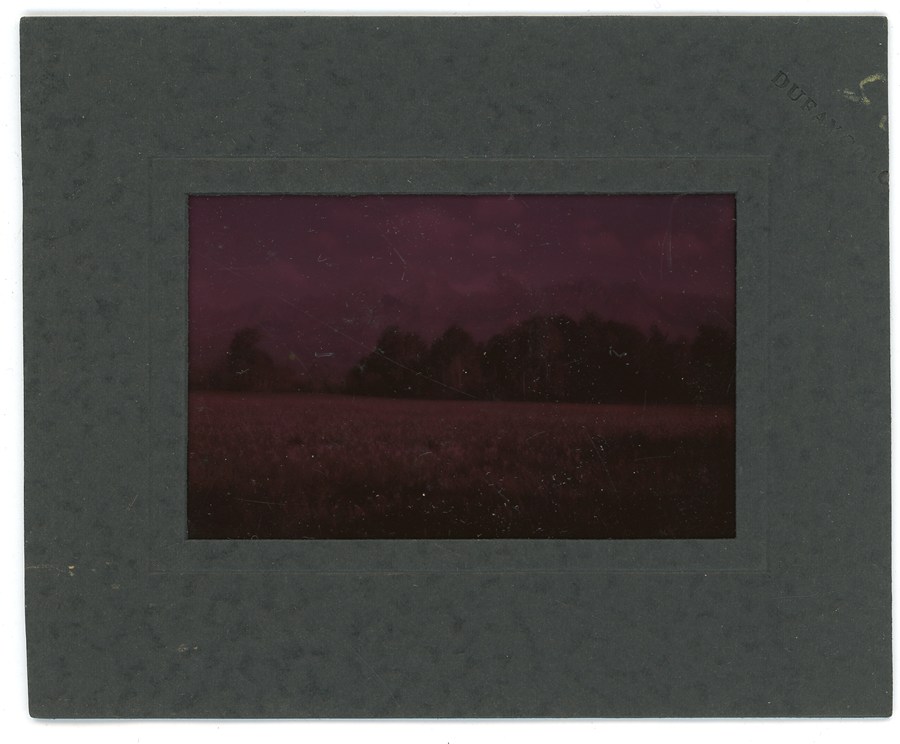
The original idea was to look at these transparencies through a variety of proprietary viewers, some of which are described in this article, and one of which I recently located at an antique store (see below). For digitisation purposes I found my scanner handled them quite easily.
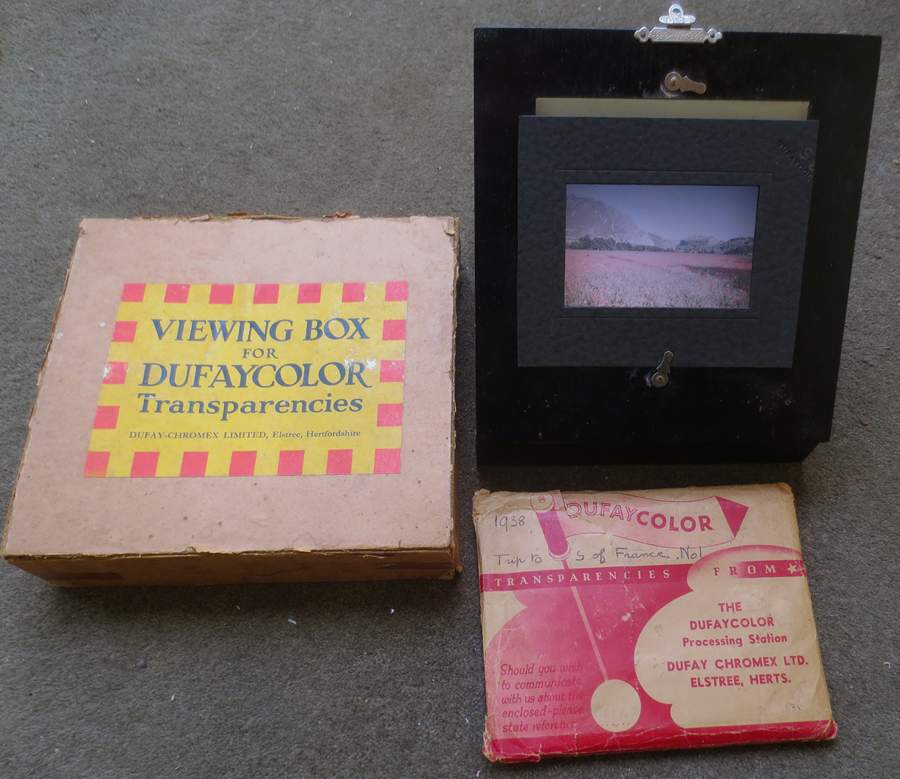
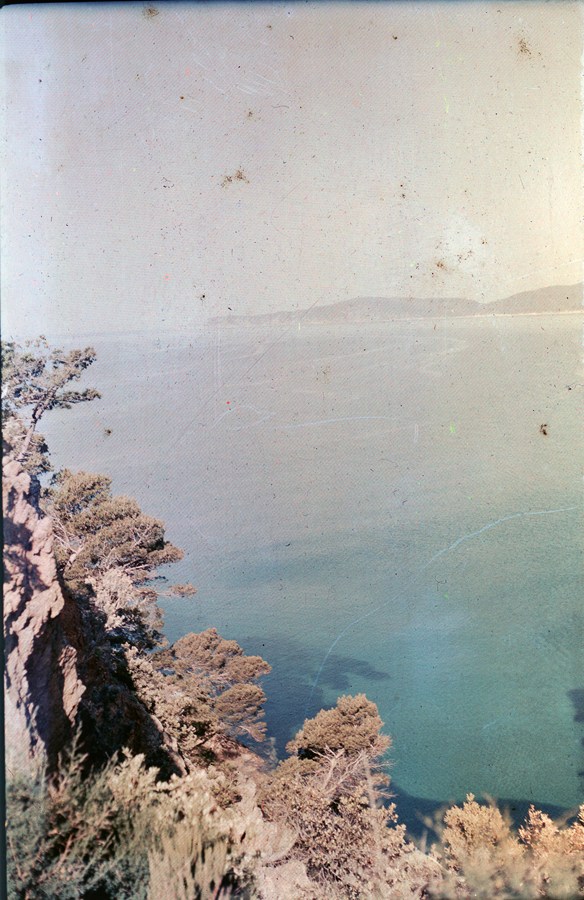
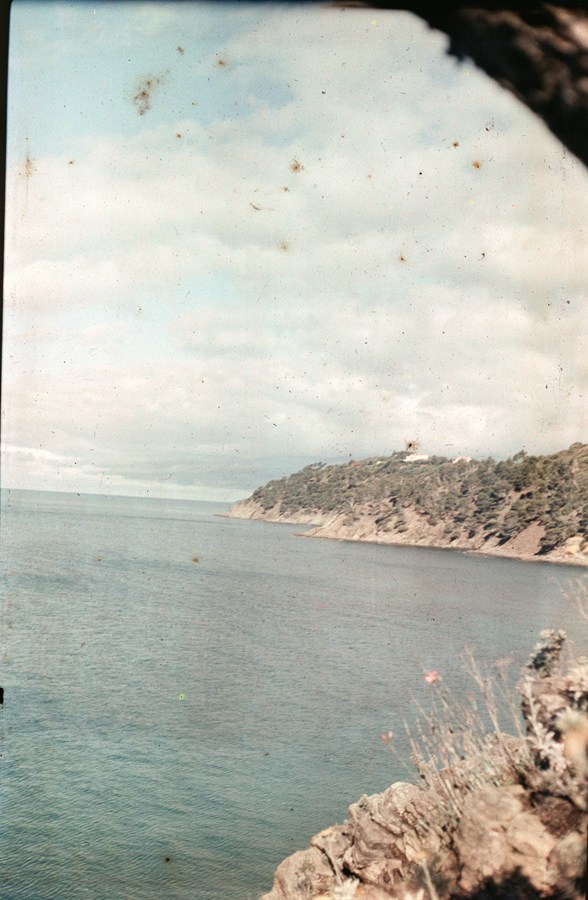
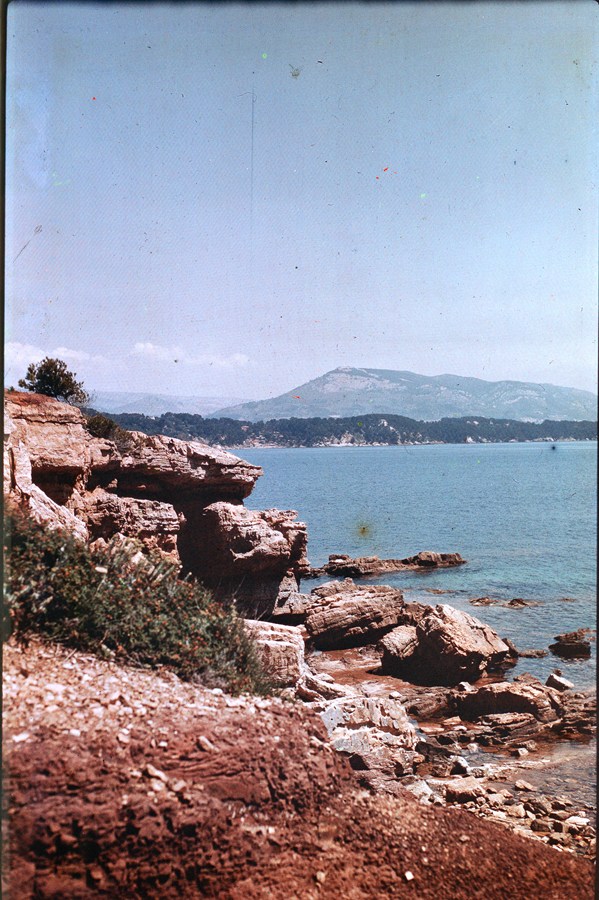

When magnified, the grain of the grid shows up quite markedly.

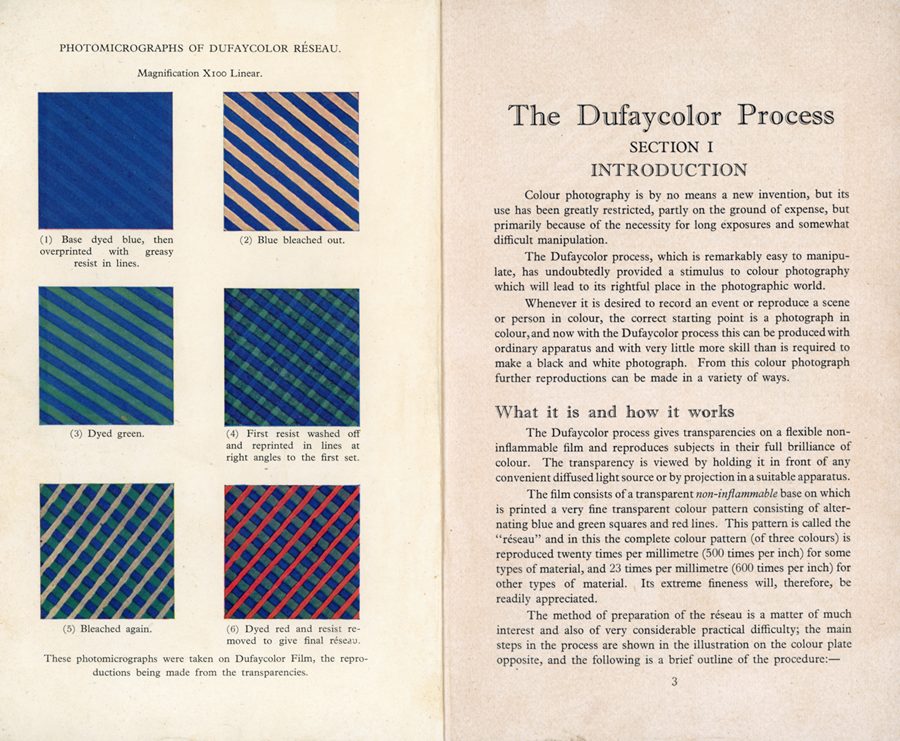
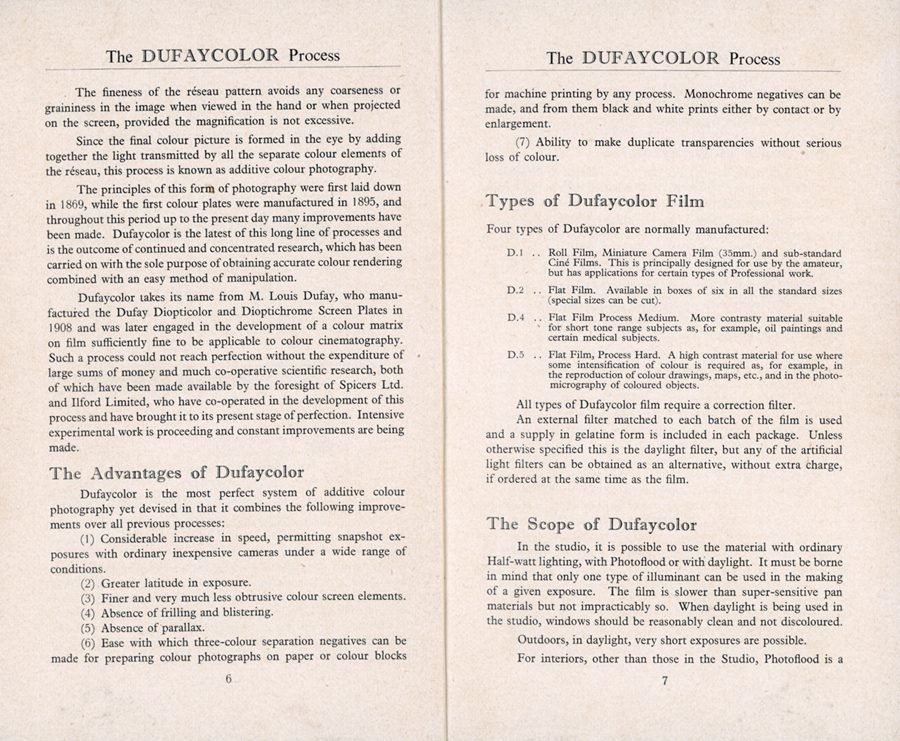
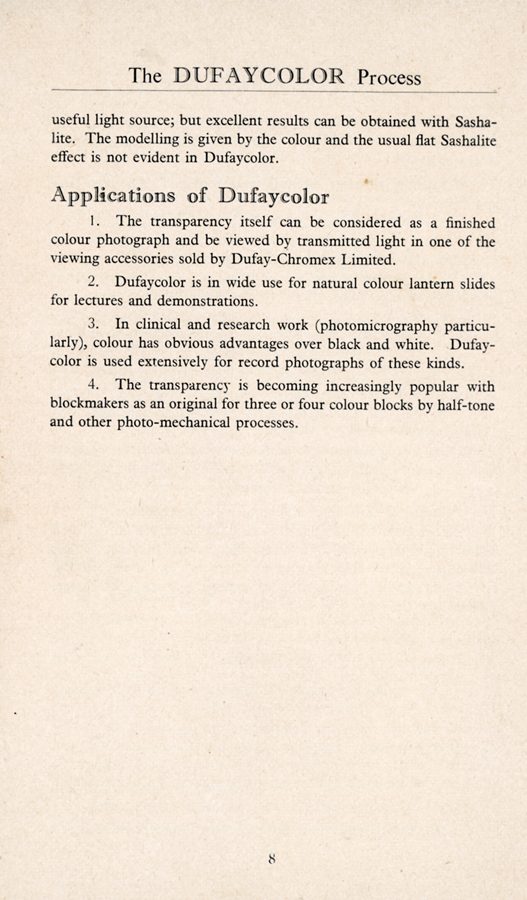
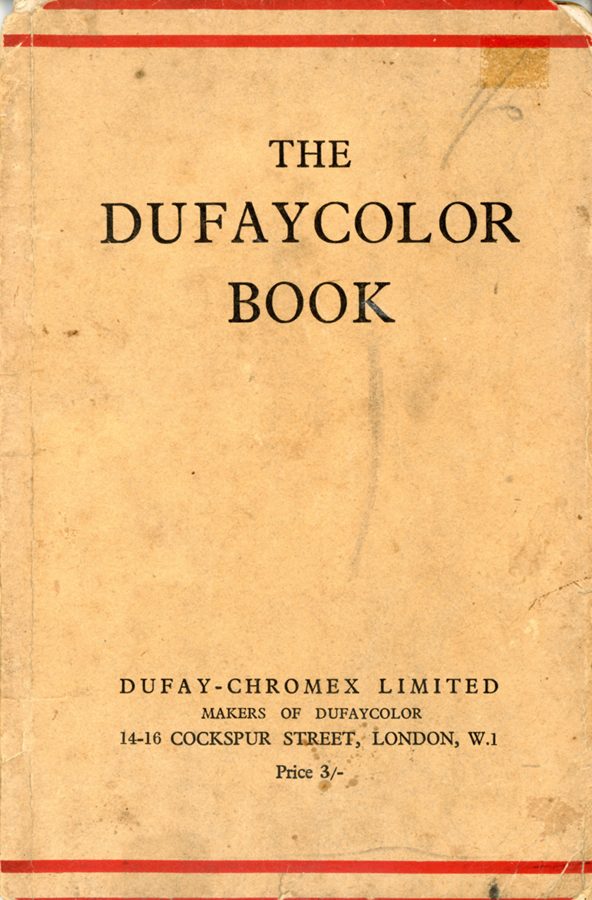
Out of interest, the image below was scanned from a similar autochrome film product presented as a 35mm colour slide. The image was taken by Eric Sutherland at Newcastle Harbour, NSW, perhaps in the 1950s. By that time, autochrome-type film was in its final years, with newer and better technologies arriving to make them obsolete.
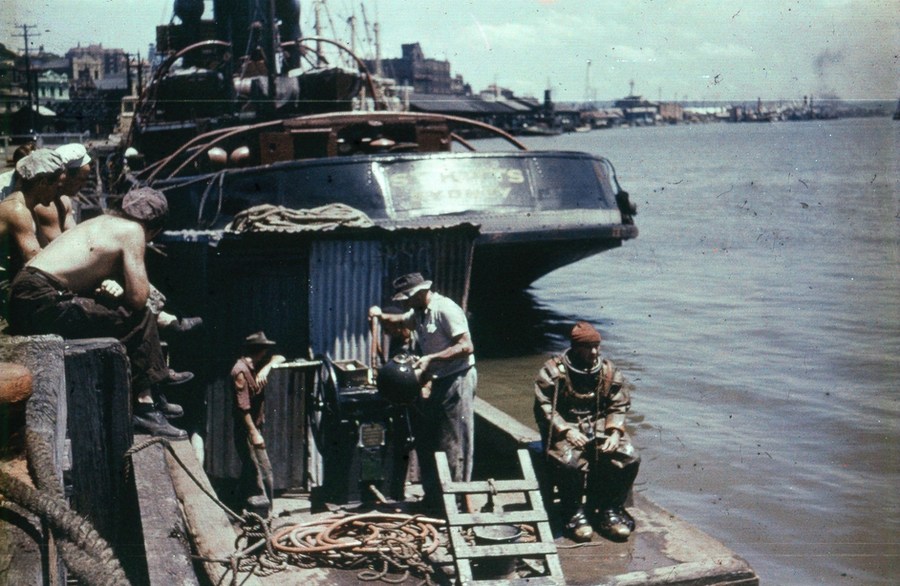
Photochrom colour postcards
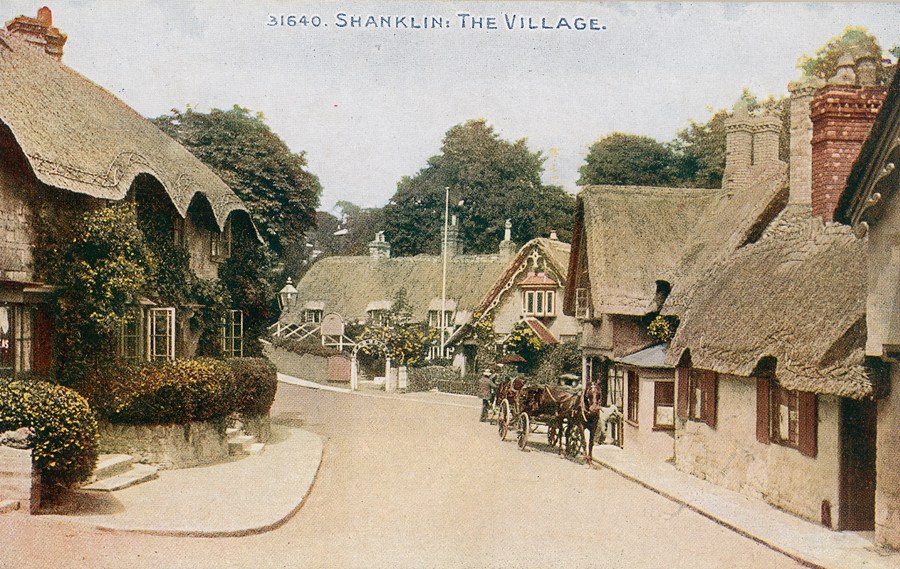
The quest for colour also led to the extraordinary “Photochrom” process, by which the postcard shown above was created. This painstaking process involved the original photographer – using black and white film – taking detailed notes of every colour in the frame. Using this information, the negative would be painted, then used to make separate lithographic printing plates for each colour. This was extremely time-consuming and expensive, so was only really practical for larger print runs, such as in the production of postcards.


